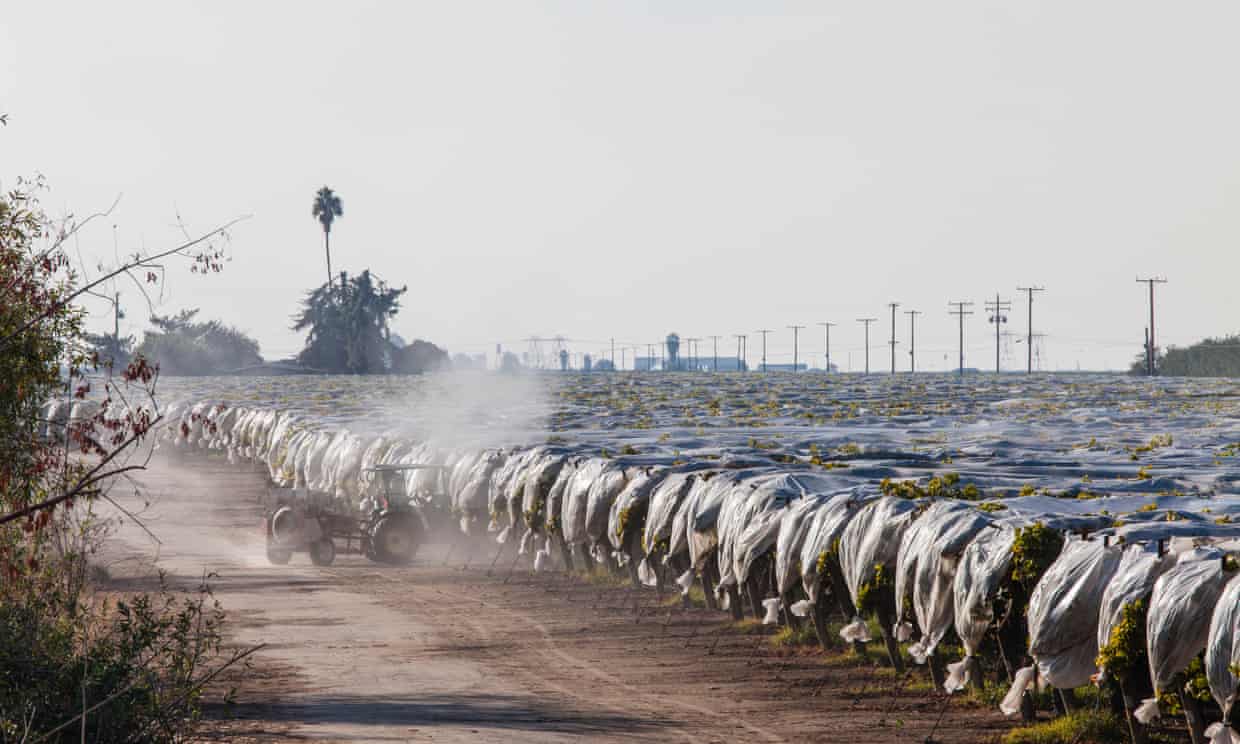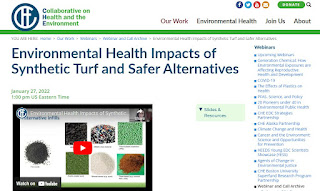This session of the radio show shares my conversation with Doug Martin, Franklin’s Water and Sewer Superintendent and Jake Standly, the Assistant Water/Sewer Superintendent .
We had our conversation in the Franklin Public Radio studios on Hutchinson St. This is one of three in a series exploring the status and operations of the Franklin’s Water & Sewer Division. During 2021, we did a 3-part series on the water supply. With the Beaver St interceptor project starting later this year, we decided to cover the sewer side of the business. A little more dirty talk although we do start out with some updates on water.
Part 1 - approx. 25 minutes
PFAS - the EPA is looking to update their regulation
Mitigation of PFAS for Well 7 is costly and starting later this year
If the proposed regulations go through, it will be more costly as "60% of our water sources are currently above that (proposed) threshold"
Likely water rate increase coming in a future year (TBD)
New diagram shows lines of responsibility for water (and sewer) between Town and property owners
What to flush or not flush (3 ps - poop, pee & (toilet) paper)
Part 2 - approx. 42 minutes
We get into the core of the sewer system, historical design (or lack thereof)
Beaver St interceptor, construction overview and project plan
System capacity (both water & sewer), annual conservation measures
Oct 14 - Touch a Truck, hydrant painting, snow plow naming contest, and reveal of communication plan for the Beaver St construction project
Part 3 - approx. 27 minutes
We get to the sewer budget and rate increases approved for FY 2024, FY 2025, FY 2026
Review of the projects being completed or being worked, and planned for near term
Sahlin circle (final touches)
Monterrey Dr off Pleasant St (Jan/Feb - awaiting pump delivery)
Phase 7 lining - this summer
next level of I&I study
asset mgt grant
easement clearing & mapping
Good things about the community cooperation
Last but not least mention of the lead service connections (not supposed to be many)
The final section includes a budget recap which summaries as the following:
$500K for expenses,
approx. $1M for personnel
$3.4M for Charles River flow and assessment
$1M for project debt and interest payments
The show notes include links to the Franklin water & sewer division page
Let’s listen to this part of my conversation with Doug and Jake and learn all about Franklin’s sewer services. Audio Part 1 -> https://franklin-ma-matters.captivate.fm/episode/fm-1026-tof-all-about-sewer-series-06-14-23-part-1-of-3
---------------------
Water Sewer Division - https://www.franklinma.gov/water-sewer-division
Water Smart program -> https://www.franklinma.gov/water-sewer-division/pages/welcome-watersmart-program
Leak or Blockage diagram of lines of responsibility between Town and property owners for water and sewer service https://www.franklinma.gov/water-sewer-division/pages/have-leak-or-blockage
Consumer Confidence Reports -> archive = https://www.franklinma.gov/water-sewer-division/pages/consumer-confidence-reports
Charles River Pollution Control https://www.franklinma.gov/charles-river-pollution-control and https://www.charlesriverpcd.org/
Charles River Update to Town Council begins at 57:50 in the Franklin TV meeting video for May 3, 2023 -> https://www.youtube.com/live/mhRDmkdk7og
Beaver St interceptor update to Town Council begins at 1:36:30 in the same meeting video https://www.youtube.com/live/mhRDmkdk7og
The most recent PFAS update to Town Council begins at 1:52:56 in the same meeting video https://www.youtube.com/live/mhRDmkdk7og
-----------
We are now producing this in collaboration with Franklin.TV and Franklin Public Radio (wfpr.fm).
This podcast is my public service effort for Franklin but we can't do it alone. We can always use your help.
How can you help?
If you can use the information that you find here, please tell your friends and neighbors
If you don't like something here, please let me know
Through this feedback loop we can continue to make improvements. I thank you for listening.
For additional information, please visit Franklinmatters.org/ or www.franklin.news
If you have questions or comments you can reach me directly at shersteve @ gmail dot com
The music for the intro and exit was provided by Michael Clark and the group "East of Shirley". The piece is titled "Ernesto, manana" c. Michael Clark & Tintype Tunes, 2008 and used with their permission.
I hope you enjoy!
------------------
You can also subscribe and listen to Franklin Matters audio on iTunes or your favorite podcast app; search in "podcasts" for "Franklin Matters"









